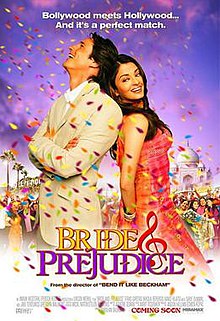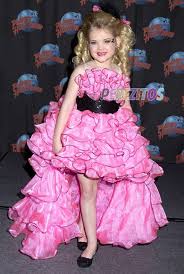So there’s Hollywood, Nollywood and Bollywood. Three completely different types and style of films. Bollywood I have found is the most unique and interesting type out of the three, allowing the story behind each film to escape from the harsh realities of life, especially in India. Bollywood is the given name to the film industry in India
Bollywood is full of glitz and glamour combined with music, humour and romance. The plots are often melodramatic. They frequently focus on such as star-crossed lovers, corrupt politicians, twins separated at birth, angry parents, courtesans with hearts of gold, dramatic reversals of fortune, and convenient coincidences. We can start to see its influence on other film markets due to its growing popularity.
“As hybridized content spreads… shifting the direction of cultural influence and blurring the boundaries between the modern and the traditional, the high and low culture and the national and the global culture” (Shaefer & Karvan P.309).
One example of a popular Bollywood film that ticks all the boxes of being musical, humorous and romantic is the 2004 film Bride and Prejudice which is a Bollywood style adaption of Pride and Prejudice by Jane Austen. Bride and Prejudice is written and produced by Gurinder Chadha with cast members from India, United Stated and England such as Aishwarya Rai, Martin Hendersen and Daniel Gillies, this movie made $24716440 in the box office.

A Bollywood-style update of Jane Austen’s classic tale, in which Mrs. Bakshi is eager to find suitable husbands for her four unmarried daughters. Some character names from Pride and Prejudice remain the same whilst other names have changed. When the rich single gentlemen Balraj and Darcy come to visit, the Bakshis have high hopes, though circumstance and boorish opinions threaten to get in the way of romance, This movie has drama, music and dance, comedy, angry parents, star-cross lovers and dramatic reversals of fortune which is exactly the type of film describe as, Bollywood.
Bollywood film production uses the key elements from traditional Western cinema, known as Hollywood, and the Eastern cinema, known as Bollywood, to create this sense of culture and developing a new type of film that collides different cultures to be a part of something new.
Globalisation is a part of this world through these films we are a part of this ‘Global Village’, sharing cultural diversity and allowing the viewers to learn, countries are conforming together. From travelling, living away from home and stepping into the workforce, there is a want and need to experience different cultures especially for one’s own interest. These films indicate that cultures are very different but yet almost the same. The film industry is forever changing and with the Bollywood and Nollywood becoming popular and a part of society, it allows for cultures to come together and express how we are all different but have similar traits.
Reference List
Schaefer, D & Karan, K, 2010, ‘Problematizing Chindla: Hybridity and Bollywoodization of popular Indian cinema in global film flows’, Global Media and Communication, Vol. 6, PP 309 -316












